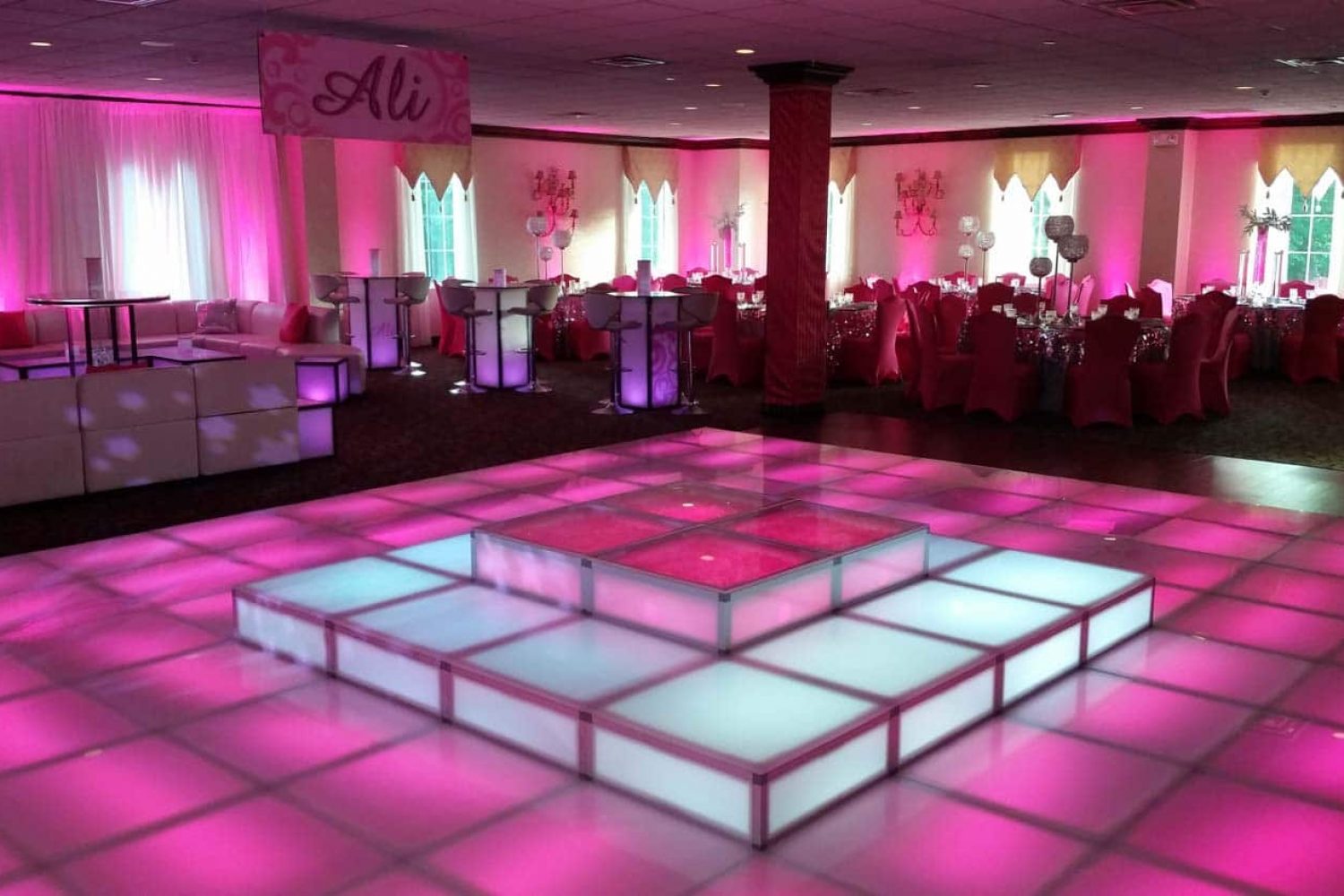A Life-changing Power for Lighting on Enhancing Dancing Area Aesthetics
A Life-changing Power for Lighting on Enhancing Dancing Area Aesthetics
Blog Article
Lighting plays a critical role in establishing the atmosphere of a dancing area. It can transform a basic space into an exciting setting that boosts the complete encounter for performers and audience alike. The correct lighting can affect the vibe, energy, and even the type of the dance being executed. By using various types of lighting, such as spotlights, colored illumination, and strobe effects, event planners can establish a dynamic setting that enthralls the audience and promotes involvement.
One of the primary functions of lighting on a dancing area is to highlight the performers. Spotlights can be used to focus attention on individual dancers or groups, making them the center of attraction. This technique not only showcases their movements but also adds a layer of drama to the performance. When dancers are illuminated properly, their facial expressions and skills become more apparent, allowing the spectators to value their abilities. This targeted lighting can also help to establish a story, leading the spectators through the show.
In furthermore to showcasing performers, colored lights can significantly affect the atmosphere of the dance floor. Various colors elicit varied feelings; for instance, warm colors like crimson and amber can generate a sense of enthusiasm and energy, while cooler colors like blue and green can encourage calmness and relaxation. By strategically using colored lights, event planners can manipulate the atmosphere to match the concept of the occasion or the type of the performance. This considerate approach to lighting setup can enhance the overall encounter for all involved.
Strobe lights and other dynamic lighting effects can also add excitement to a dancing area. These features can generate a sense of beat and motion that complements the music being played. When synchronized with the rhythm, flashing lights can make the dancing area feel alive, encouraging dancers to groove in sync with the flashing lights. This interaction between light and music can elevate the visit their website energy of the event, making it more enjoyable for both performers and audience. The use of such effects requires careful planning to ensure they improve rather than divert from the show.
Finally, the overall design of the lighting arrangement is crucial for establishing a cohesive aesthetic on the dance floor. A carefully planned lighting strategy considers the configuration of the space, the type of performance being executed, and the spectators' experience. By integrating different lighting methods, such as background lighting, highlighting, and unique features, planners can design a aesthetically stunning environment. This attention to detail not only enhances the performance but also creates a lasting impact on the spectators, making the occasion memorable. In conclusion, the transformative influence of lighting is vital in improving dancing area aesthetics, establishing an captivating and enjoyable experience for all.